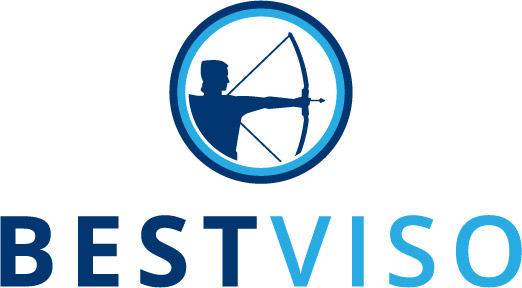In addition to political and economic framework conditions, various changes such as digitalization have a significant impact on the way companies operate and their structures. Furthermore, there are several shorter or longer-term consumer trends, such as the substantial increase in environmental awareness. These trends greatly affect the demand for products and services. As a decision-maker in the company’s strategy, you face the constant challenge of identifying these trends and filtering out the most significant ones for your offering. How can companies utilize trend research to remain relevant and competitive?
Types of trends
The term “trend” refers to a movement of change or societal transformation that often involves changes in motives and values, as well as implicit emotions. According to the “Zukunftsinstitut,” we are influenced by not only short-term fashion trends but also a whole system of different types of trends. Trend research groups trends based on their “half-life” (i.e. duration) and scope of influence.
- At the top of the list of types of trends are meta-trends. Meta Trends are “the ups and downs of species and ecosystems” occurring over millions of years. As the next level, megatrends are more temporally manageable. They also influence politics. The consumer world, shaping our society in the long term (i.e., over several decades). A good example of this is digitalization, which influences many areas of our society.
- Sociocultural trends are medium-term processes of change in the range of 10 to 15 years, which have their core in social processes. This is mainly about the lifestyles and attitudes of people, about value orientations and needs structures. People desires that shape social change. However, they also have a strong impact on consumer culture.
- Consumer and Zeitgeist trends are mainly observed in product worlds, such as the “Geiz ist Geil” (meaning “Stinginess is cool”) or bargain hunting trend in the 2000s. They change in cycles of 5-8 years. This area also includes marketing-driven product trends, which often have a half-life of only half a year or even just one season.
Processes in trend research
Trend research institutes use a variety of processes and methods to analyze trends. These include scanning different media, conducting context analysis from various perspectives or using scenario techniques to create future scenarios. Another possibility is to conduct simulation games to test strategies in different scenarios. Besides this, they also use theories from various disciplines such as “cognitive sociology” or “evolutionary cultural anthropology”. By that they can assess how society could interact with a trend in the future. By adopting different perspectives, the levels can be related to each other to better understand the entire trend system.
Overall, companies can use trend research to identify significant trends. By this they are able to adjust their strategies accordingly to remain relevant and competitive in the ever-changing market.
Integrating trend research properly within a company
With trend research, companies have the opportunity to more strongly and proactively incorporate future developments in society and culture into their strategic planning. This enables them to develop innovations in line with the future and needs. This is because the systemic approach enables them to understand the needs of the target groups even more precisely. To remain competitive, it is therefore important for companies to continuously keep an eye on change movements. Useful side effect: Sales talks for new products based on true insights and trends are simply more successful. With BESTVISO’s consulting service Trend Selection, you can better understand trend research data and incorporate trend research into their marketing strategies. Because these form an important piece of the puzzle in the portfolio of information about customers and markets.

